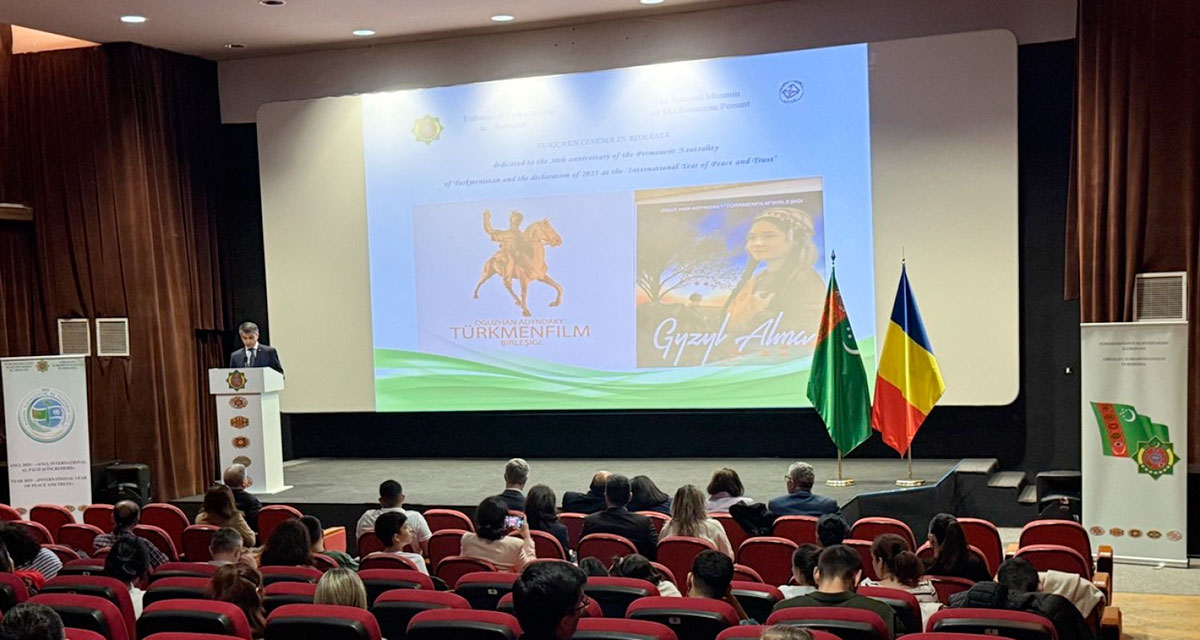A new display has been added to the Nature and Local History Department of the State Museum of the State Cultural Center of Turkmenistan. It showcases realistic models of cap mushrooms found in nature across the country, crafted to life-size from plaster and foam in the museum's art restoration department. Galina Vlasenko, senior researcher of the State Museum of the State Cultural Center of Turkmenistan, Candidate of Biological Sciences, provides an explanation:

“Mushrooms form a separate kingdom of living organisms, ranging from tangible to microscopic. By the end of the 20th century, data on their genetics, cytology and biochemistry had been accumulated. By the beginning of the 21st century, the scientific term ‘fungi’ became a taxonomic category in biological systematics. All fungi reproduce through spores—tiny fungal embryos from which mycelium develops as a network of thin branching threads that form fruiting bodies. These fruiting bodies can be tubular, lamellar, or sac-like. All of them develop underground within the mycelium system and only emerge on the surface when fully formed. Their above-ground life is very short—2-3 days—but the mycelium itself is incredibly resilient and can live up to 25 years. Some cap mushrooms are edible and contain proteins, sugars, mineral salts, phosphoric acid and vitamins. The role of microscopic fungi in nature is immense: soil-dwelling microscopic fungi decompose plant remains, contribute to the formation of organic substances, enhance soil fertility, and provide plants with nutrients. Many fungi form mutually beneficial relationships with certain trees and shrubs: they receive sugars and amino acids from plants while providing inorganic substances in return.”

Among lamellar mushrooms, champignons (called "gelin kömelek" in Turkmen) are noted for their excellent taste and aroma. A false champignon can be identified by its pinkish-purple scales on the cap and yellowing when broken. Another lamellar mushroom is the steppe white mushroom, which is widespread in mountainous areas on dead underground parts of ferula plants. The common oyster mushroom is also popular—it grows in tiers on wood as a parasite. Its smooth cap resembles an oyster in shape. In grassy meadows during spring and autumn, one can often find white "ink caps," which are edible when young. The puffball group is represented by spherical mushrooms whose spores mature inside their fruiting bodies. The sac fungi section features the brown truffle, which was listed in the Red Data Book of Turkmenistan (2011) but was removed from its fourth edition (2024) due to improved distribution. The brown truffle resembles a loose potato with a faint mushroom scent and is found on sub-mountain plains of Kopetdag from Sarakhs to Etrek and in the Sumbar Valley. Its fruiting bodies develop during years with abundant rainfall, approximately once every ten years. Despite Turkmenistan’s arid climate, morels can be seen in early spring in the middle belt of Kopetdag mountains on sandy soils of low plateaus among grass after rains. They are unmistakable due to their dark-brown conical caps.

On trees nearing the end of their life cycle grows a wide variety of tubular fungi with rounded growths featuring concentric multicolored layers—one example being the true tinder fungus. There are few poisonous mushrooms in Turkmenistan: brown false morels, false champignons, and brownish-pink parasol mushrooms belong to the lamellar group. The new display also includes rarities such as a mushroom from the genus "Phellodon" (called "gyzbut" in Turkmen). This is considered a living fossil among macromycetes—a relic from the Cretaceous period of the Mesozoic era with a 130 million years of growth.








